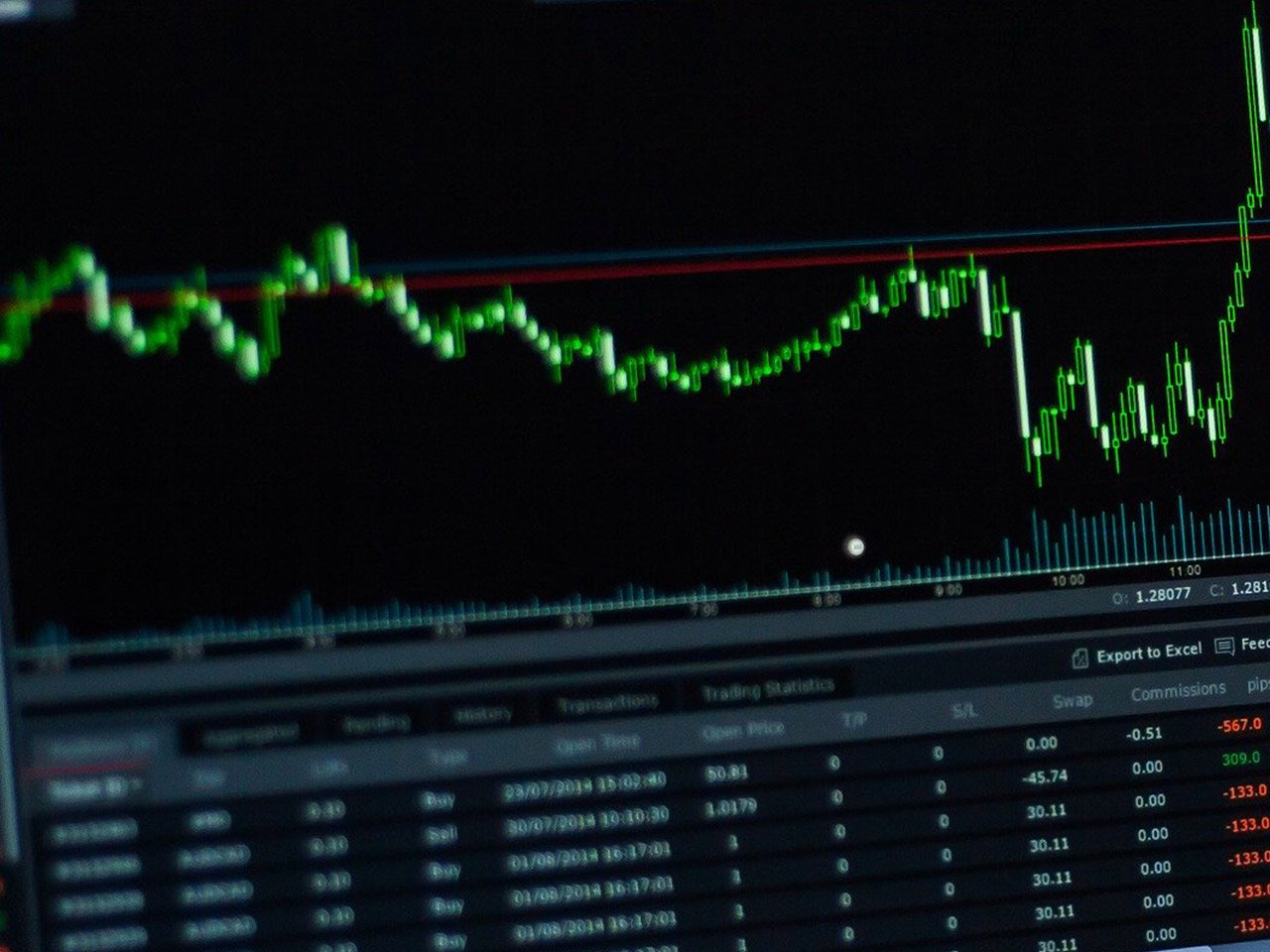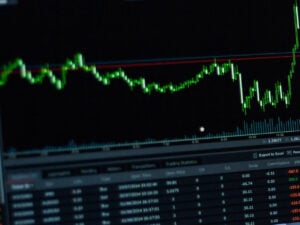Chevron Corporation (NYSE: CVX), a titan in the energy sector, stands as a central player in the integrated oil and gas industry. With a formidable market capitalization of $305.17 billion, Chevron commands a significant presence both in the United States and globally. Its operations span across upstream exploration and downstream refinement, positioning the company as a crucial entity in the energy supply chain.
As of the latest trading data, Chevron’s stock is priced at $152.66, remaining stable with no significant percentage change for the day. It’s essential to note that the stock has navigated a 52-week range from $133.73 to $168.51, reflecting its resilience and adaptability in a volatile market environment.
One of the standout metrics for Chevron is its forward P/E ratio of 18.81, which suggests a valuation that may appeal to growth-oriented investors. However, the absence of a trailing P/E ratio and PEG ratio calls for a more nuanced understanding of its valuation, given the complexities of the energy market and fluctuating commodity prices.
Chevron’s performance metrics reveal a slight contraction, with revenue growth declining by 1.40%. Despite this, the company’s earnings per share (EPS) remain at a respectable $7.12, a testament to its operational efficiency and cost management strategies. Additionally, Chevron’s dividend yield of 4.44% coupled with a high payout ratio of 95.08% underscores its commitment to returning value to shareholders, making it an attractive proposition for income-focused investors.
Analyst sentiment around Chevron is generally positive, with 15 buy ratings, 11 hold ratings, and only one sell rating. The average target price of $172.04 implies a potential upside of 12.69%, offering a compelling case for investment consideration. However, the target price range of $124.00 to $197.00 highlights the diverse opinions on Chevron’s future trajectory amidst market uncertainties and regulatory shifts.
From a technical standpoint, Chevron’s stock is currently trading below its 50-day moving average of $155.74 but remains above the 200-day moving average of $150.99. The relative strength index (RSI) of 63.08 indicates that the stock is approaching overbought territory, while the MACD and signal line are slightly negative, suggesting potential caution in the short term.
Chevron’s ability to adapt and innovate, particularly in its upstream and downstream operations, remains a key differentiator. The company’s focus on renewable fuels and carbon capture initiatives aligns with the global shift towards sustainable energy solutions, potentially providing new growth avenues.
For investors, Chevron represents a robust opportunity within the energy sector, balancing potential market upside with a strong dividend yield. As always, potential investors should consider both the macroeconomic factors affecting the energy sector and Chevron’s strategic initiatives to maintain its competitive edge.











































